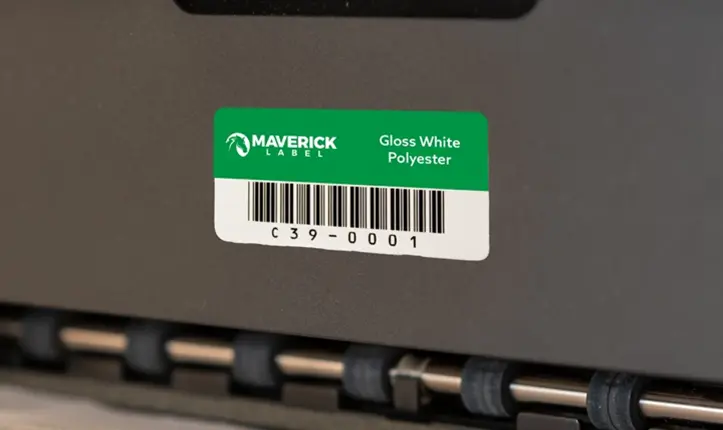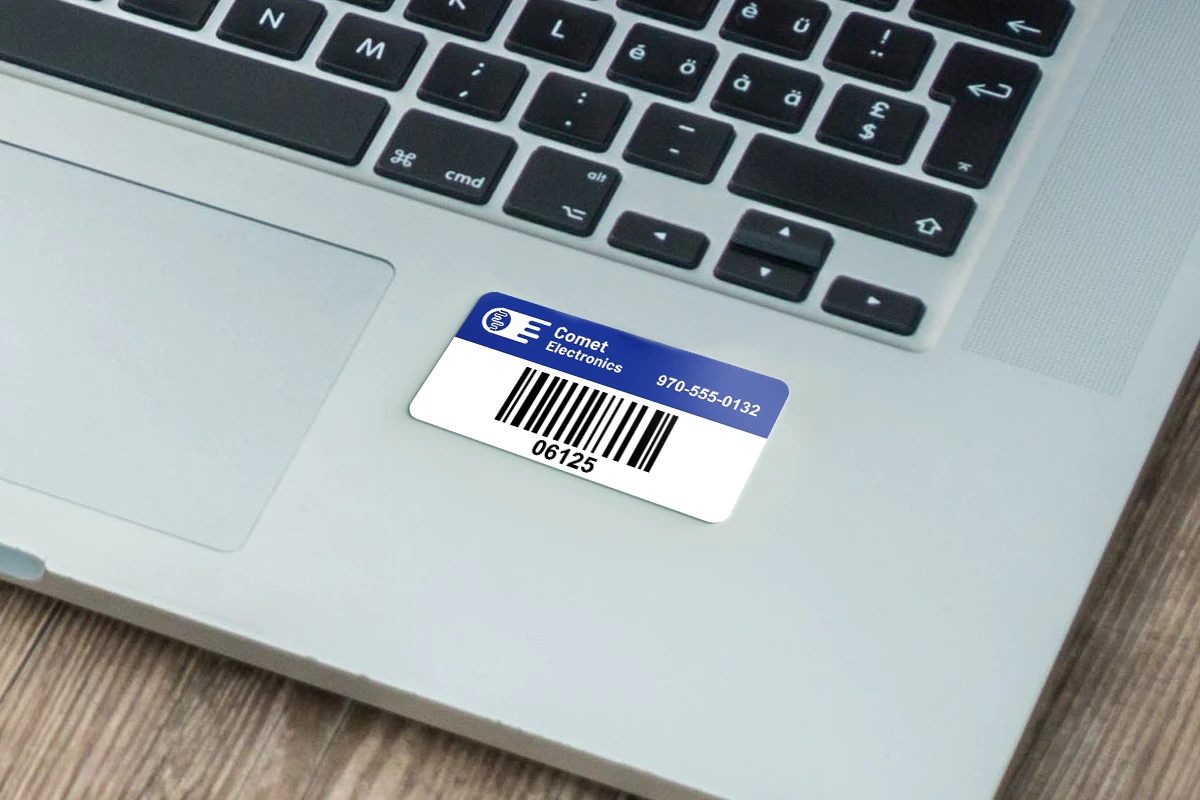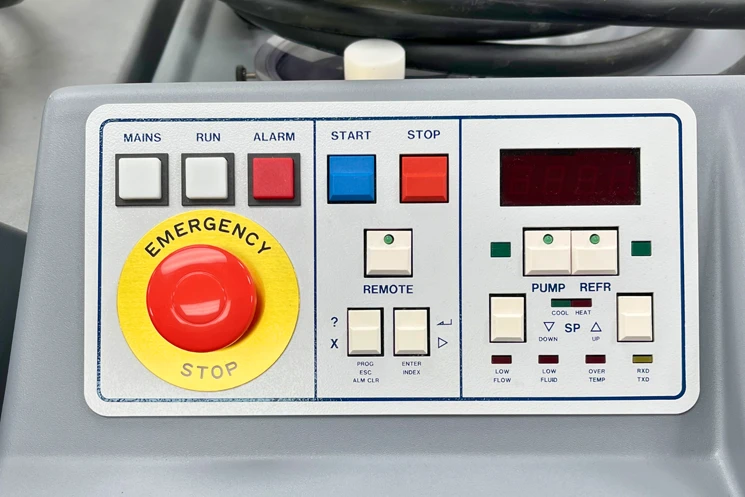Keeping track of your business’s assets can feel like juggling many balls at once. One mistake, and you might lose something important.
That’s where an effective asset tagging system steps in to save the day. Whether you manage equipment, tools, or furniture, a good asset tagging process is important. It helps you understand what you own, where you keep it, and how you use it.
In this blog, we will guide you through six important steps. These steps will help you create an asset tagging system. This system will make tracking your assets easy and reliable, and allow you to track assets in real time.
What is an Asset Tagging System?
An asset tagging system assigns a unique identifier to physical items. People often use asset tags for this. It helps track and manage equipment, tools, or inventory.
The process involves attaching strong tags, such as barcodes or RFID tags, to assets. It also uses software to track their location, usage, and maintenance history. This ensures businesses can track physical assets effectively.
Why Are Asset Tags Important for Businesses?
In today’s busy business world, asset tags are crucial. They help track equipment, machinery, and office supplies. They also improve efficiency and reduce theft through asset tagging.
For businesses in manufacturing, healthcare, and logistics, durable and high-quality asset labels are essential. These industries use equipment constantly. These tags give important information, help prevent downtime, and ensure that maintenance occurs on time for machinery and equipment.
Customized asset tags can feature your company’s logo, barcodes, or QR codes. This adds security and makes tracking easier.

How to Implement an Asset Tagging System?
Step 1: Identify Assets That Need Tracking
The first step in any asset tagging process is knowing what you’re tracking. Asset identification lays the foundation for a successful tracking system. Without clear identification, you cannot create an organized system to track physical assets.
Knowing what’s in your inventory is important. This includes IT equipment, office furniture, vehicles, and machinery. It helps prevent losses, optimizes asset use, and ensures timely maintenance.
Step 2: Choose the Right Asset Tags for Your Needs
Choosing the right material for your asset tags is essential. The type of material impacts how durable and effective the tag will be in different environments.
- Polyester: Highly durable and weather-resistant, suitable for both indoor and outdoor use.
- Aluminum Foil: Ideal for harsh environments, withstanding heat, chemicals, and abrasion.
- Tamper-Evident: These tags show signs of tampering, making them ideal for sensitive or high-security assets.
Step 3: Implement an Asset Tracking Software
Integrating asset tracking software into your system will elevate the efficiency of your operations. Software solutions let you track assets in real time. This reduces human error and makes inventory management easier. Choose software that integrates well with existing processes to make tracking seamless.
Step 4: Develop a Label Placement Strategy
To ensure your asset labels remain visible and functional, place them in strategic locations on your equipment. Avoid areas exposed to frequent wear and tear, such as parts of machinery that experience heat or friction.
Place strong asset tags in safe and visible locations. This will help maintenance teams find them easily and ensure longevity.
Step 5: Conduct Regular Audits and Updates
Conducting regular audits is key to maintaining an accurate inventory. Audits keep your asset records up to date. They also find misplaced items and show any needed maintenance. Use asset tracking software that allows you to update asset status quickly and easily.
Step 6: Train Your Team on Proper Tagging and Tracking
No system will work effectively without proper training. Ensure that your staff is well-versed in how to tag and track assets. This will reduce errors, increase accountability, and ensure that we properly track assets throughout their lifecycle.
Custom Asset Tags for Improved Efficiency and Security
Choosing the right custom asset tags for your business helps you manage your assets and improves security. Customization options such as serial numbers, barcodes, and tamper-evident features provide extra protection. They help you track your assets and prevent theft.
How Asset Tags Improve Business Operations
Investing in asset tags is a cost-effective way to improve business operations. Asset tags help track assets in real time. They also assist in maintaining machinery and managing valuable items.
This provides many operational benefits. They enhance security, reduce losses, and streamline equipment maintenance, leading to lower operational costs and better resource management.
Our equipment labels and asset tags are customizable to meet the needs of various industries. If you need labels for tough outdoor conditions or tamper-proof options for sensitive equipment, we have the right product for you.
Key Takeaways of Asset Tagging:
- Asset tagging involves assigning a unique identifier to physical assets.
- It helps track, monitor, and manage physical assets efficiently.
- Asset tags reduce theft and streamline maintenance.
- Customized asset tags improve security and allow for better tracking.
Streamline Your Asset Tagging System for Better Tracking
A well-organized asset tagging system can make a big difference in managing your business’s equipment and inventory. By adding custom tags, like barcodes or RFID, to each asset, you can easily track locations, monitor usage, and keep maintenance schedules up to date. With Maverick Label’s Asset Tags, you can design durable tags that meet your unique needs, whether for high-value machinery or everyday items. Creating an asset tagging system that works for your business helps reduce losses, improves efficiency, and keeps everything running smoothly.

Conclusion
Creating an effective asset tagging system must not be complicated. With the right tags, software, and processes in place, you’ll be able to track your assets easily and efficiently.
Explore our custom asset tags and start building a system that works for you.
Effective Asset Tagging System FAQs
How do asset tags help with security and theft prevention?
Asset tags can have tamper-evident features, serial numbers, or barcodes. These tools help businesses identify and track stolen items. They also serve as a deterrent to theft by marking property as owned and tracked.
What industries benefit most from asset tagging systems?
Industries that manage large inventories or valuable equipment benefit the most from asset tagging systems. These include manufacturing, healthcare, IT, education, construction, and logistics. Asset tags help these industries track machinery, equipment, tools, and other valuable resources, improving both security and operational efficiency.
Can I customize asset tags for my specific needs?
Yes, you can customize asset tags to fit your business’s needs. You can add your company logo. Choose the right material for your space. You can also include security features like barcodes or QR codes.
What type of data can you store on an asset tag?
Asset tags can store a wide range of data, depending on your needs. Barcodes and QR codes can connect to information like the asset’s purchase date, maintenance history, location, and current condition. Users can scan and access this data via asset tracking software, helping businesses keep comprehensive records for each item.
How often should we audit asset tags?
We recommend to check your asset tags at least once a year. You may need to check them more often based on your business type.
Regular audits help make sure your records are correct. They ensure that they maintain the assets well. Audits also ensure that no one loses or misplaces equipment.
What is the best way to ensure asset tags last for a long time?
To make sure asset tags last a long time, pick high-quality materials that fit the environment they will be in. For example, use polyester or anodized aluminum for outdoor or high-wear environments. Also, put the tags on the equipment in spots where they won’t face too much friction, heat, or chemicals.
How does an asset tagging system reduce losses and theft?
By implementing an asset tagging system, businesses can closely monitor the movement and location of valuable assets. Each asset tag has a unique ID. By scanning these tags with tracking software, companies can find missing or misplaced items more quickly. This also acts as a deterrent to theft, as the assets are visibly marked and traceable.
How does an asset tagging system help with equipment maintenance?
By using asset tags with tracking software, businesses can set up alerts for regular equipment maintenance. Asset tracking software can alert managers when equipment needs a check-up or repair. This keeps machinery maintained on time and lowers the chance of breakdowns.terrent to theft by marking property as owned and tracked.
Asset tags can have tamper-evident features, serial numbers, or barcodes. These tools help businesses identify and track stolen items. They also serve as a deterrent to theft by marking property as owned and tracked.
Industries that manage large inventories or valuable equipment benefit the most from asset tagging systems. These include manufacturing, healthcare, IT, education, construction, and logistics. Asset tags help these industries track machinery, equipment, tools, and other valuable resources, improving both security and operational efficiency.
Yes, you can customize asset tags to fit your business’s needs. You can add your company logo. Choose the right material for your space. You can also include security features like barcodes or QR codes.
Asset tags can store a wide range of data, depending on your needs. Barcodes and QR codes can connect to information like the asset’s purchase date, maintenance history, location, and current condition. Users can scan and access this data via asset tracking software, helping businesses keep comprehensive records for each item.
We recommend to check your asset tags at least once a year. You may need to check them more often based on your business type.
Regular audits help make sure your records are correct. They ensure that they maintain the assets well. Audits also ensure that no one loses or misplaces equipment.
To make sure asset tags last a long time, pick high-quality materials that fit the environment they will be in. For example, use polyester or anodized aluminum for outdoor or high-wear environments. Also, put the tags on the equipment in spots where they won’t face too much friction, heat, or chemicals.
By implementing an asset tagging system, businesses can closely monitor the movement and location of valuable assets. Each asset tag has a unique ID. By scanning these tags with tracking software, companies can find missing or misplaced items more quickly. This also acts as a deterrent to theft, as the assets are visibly marked and traceable.
By using asset tags with tracking software, businesses can set up alerts for regular equipment maintenance. Asset tracking software can alert managers when equipment needs a check-up or repair. This keeps machinery maintained on time and lowers the chance of breakdowns.terrent to theft by marking property as owned and tracked.



